Source: Mercedes Benz. "Electric Van Charging".
Electric vehicles are connected to the charge point via a cable which is fitted with specific connectors. Like charging any other device, a charging connector needs to fit into the charger outlet socket at one end, and the car’s inlet at the other end.
Untethered or tethered charger?
One end of the cable may be permanently 'tethered' to a charging unit. Tethered charge points have a built-in Type 1 or Type 2 charging cable.
Alternatively, some chargers will require you to plug in a cable to both the charge point and the car. These are untethered. Untethered charge points have a socket into which you plug your car's cable.
💡 Tip: For private home charging points, a tethered charger is a little more convenient to use. However, untethered charge points are universal, thus can connect to all EVs but require you to provide your own compatible charging cable.
Vehicle side connector types

Source: Wallbox.com. "EV Charging Current..."
Electric vehicles have either a Type 1 or Type 2 inlet for standard slow/fast charging, or a CHAdeMO or CCS inlet for direct current (DC) rapid charging. European (incl. UK) EV models tend to have Type 2 inlets or relevant CCS for rapid charging.
Chargepoint side connector types
Other than a traditional 3-pin plug to charge from a wall socket, there is really only one kind of chargepoint socket for untethered units and that is the universal Type 2 socket.

